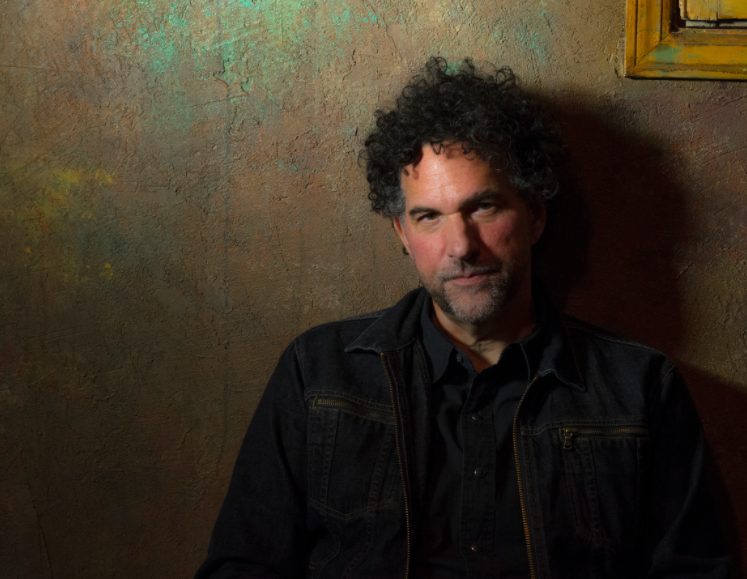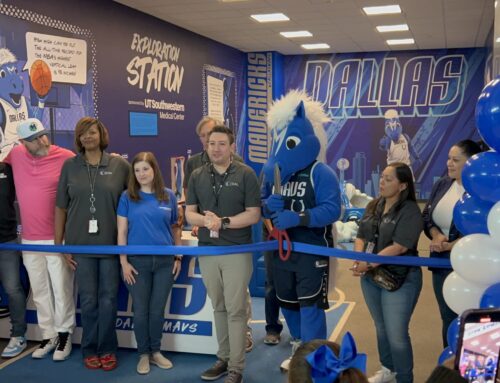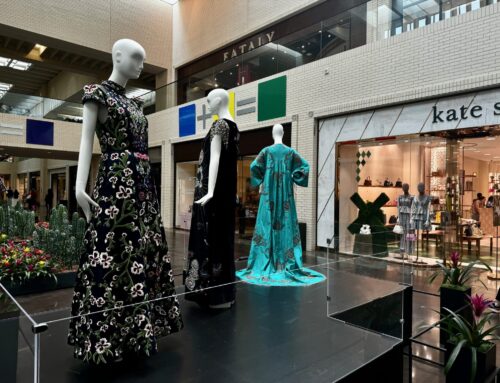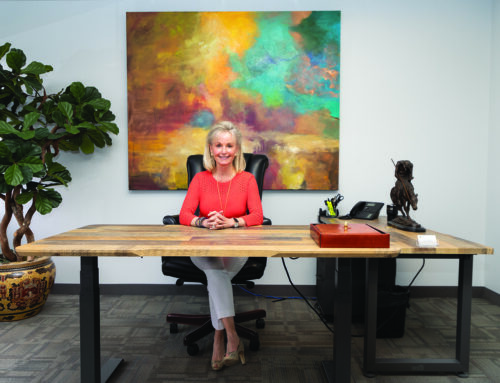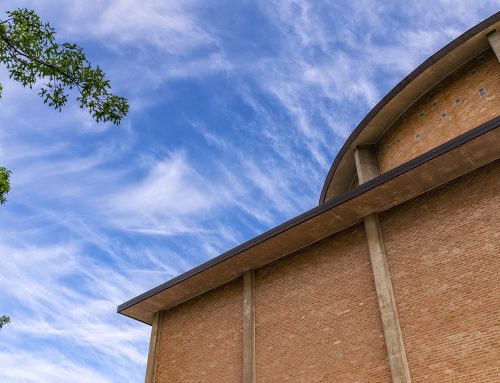LEGENDARY UNIVERSITY OF TEXAS FOOTBALL COACH Darrell K. Royal introduced Mickey Raphael to Willie Nelson in 1973.
“He was a big music fan and patron of the arts and a close friend of Willie’s,” Raphael says of Royal. “He had heard me play, I guess, at some clubs in Austin.”
Coach Royal had a friend-of-a-friend invite Raphael to a “pickin’ party” in his room at what is now The Highland Dallas on Mockingbird Lane after a game at SMU. Willie and 30-40 other people were there.
The harmonica player, who grew up in Preston Hollow, has been in Willie’s band ever since that night.
Now 70, he’s still the young guy in The Family.
“I started with him when he was 39, but he doesn’t look any different to me now,” Raphael says of his boss, who is 88. “Maybe a little bit. But he was seasoned when he turned 40.”
Raphael graduated from Hillcrest High School in 1969, and the father of his inimitable style was Don Brooks.
Brooks, a South Oak Cliff High School graduate, was a harmonica session musician who played on dozens of albums, including titles by Diana Ross, Bette Midler, Judy Collins and the Talking Heads.
He was in Waylon Jennings’ band and stands out on Honky Tonk Heroes and This Time. He’s featured on the track “Harmonica Talk” off Walker’s 1970 album Bein’ Free. Brooks died in 2000 at age 53.
Raphael met him at The Rubaiyat, a bygone coffeehouse and music venue in Downtown Dallas, where Jerry Jeff Walker, Guy Clark and Michael Martin Murphey also played.
“He was the first real harmonica player that I ever saw,” Raphael says. “I heard him play, and that’s when I decided to focus on harmonica.”
The tuba was Raphael’s first instrument in the middle school band, which he joined to avoid gym class.
“I think they just gave it to me because I was tall enough to march with it,” says the 6-foot-tall musician. “They didn’t even care if I could play it, but I learned a few things.”
He loved music but was a lousy guitar player. He says he was “just a music fan” noodling around on the harmonica when he ran into Brooks at the Rubaiyat one fateful night.
“He taught me the basics of everything I know in 10 minutes, sitting on a step outside the Rubaiyat,” Raphael says. “I’d say about 80% of my style comes from him.”
After that, he went on tour with Oak Cliff native B.W. Stevenson for about two years. Stevenson, who had hits with “Shambala” and “My Maria” at the time, died in 1988.
Willie was on Raphael’s radar only because he and Stevenson were both signed to RCA, so they were allowed to grab free records from their office in Dallas. Now his harmonica playing is as much a trademark of a Willie Nelson song as the chords from Trigger, Willie’s guitar.
The discography of Raphael’s work as a session musician could make anyone starstruck: Elite Hotel and Luxury Liner by Emmylou Harris, Two the Hard Way by Cher and Gregg Allman, Seven Year Ache by Roseanne Cash and TNT by Tanya Tucker, to name a few from the early years.
Raphael moved to Nashville from Los Angeles about 20 years ago. He also tours with Chris Stapleton when Willie’s not on the road. He’s an avid cyclist who packs a road bike onto the tour bus with him.
His dad, a furniture designer who died in 1994, built Raphael’s childhood home on Edlen Drive, where he and his older brother used to ride bikes around the neighborhood. His mother lived in that house for decades, and she died in 2019.
Raphael supports Farm Aid and gives a lot of money to the Carter Foundation, Habitat for Humanity and the Southern Poverty Law Center.
ABOUT LIFE ON THE ROAD WITH WILLIE
I can’t tell you anything about that. I’m sworn to secrecy. I’ve been around the world many times. It’s been fun. I’m very fortunate. I don’t take anything for granted. Willie is a great ambassador. As split as the nation is now — and it was split when I first started because the Vietnam War was winding down — but our crowds were always a cross section of all types. It’s a mixed crowd, be it racial or political. You had your cowboys and your hippies back in the early ’70s, late ’60s. One thing Willie always told me is that music would bring people together.
AND IT LITERALLY HAS
We played in Belfast during The Troubles. You’d pull into the city limits, and our bus would have to go through a checkpoint with machine guns, and there was a tank at the entrance of our hotel. But when we played the civic center, or wherever it was that we played, in Belfast, that’s one place where the two opposing factions were agreed upon not causing any trouble.
THE THING ABOUT WILLIE
He’s got this longevity because he’s re- ally honest, and what you see is what you get. He didn’t really follow any trends and just did what he wanted to do. Sometimes it was popular, and sometimes it wasn’t. But we’ve got such a great fanbase and such loyal fans. We’ve been very lucky.
THE SPORTATORIUM
My favorite place to play was the Sporatorium. It was one of those places where you’d just be soaking wet by the end of it, and you know, we’d play two or three hours. You were surrounded by the audience on three sides, and it was just electric. We played in the boxing ring, and the promoter at that time was named Geno McCoslin. He also ran 57 Doors on Cedar Springs where we would play in the ’70s. He wound up promoting a bunch of Willie’s picnics. But anyway, he oversold the place by I don’t know how many tickets, and we got there, and the fire marshal said just the band could go in. They wouldn’t let any of our guests or anyone else inside. Someone asked him why he oversold it, and he said, “Well, bubba, airlines do it all the time. It’s because I was depending on a 20% no-show factor.” He was a colorful character.


